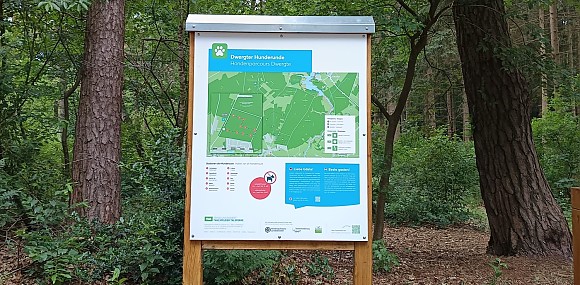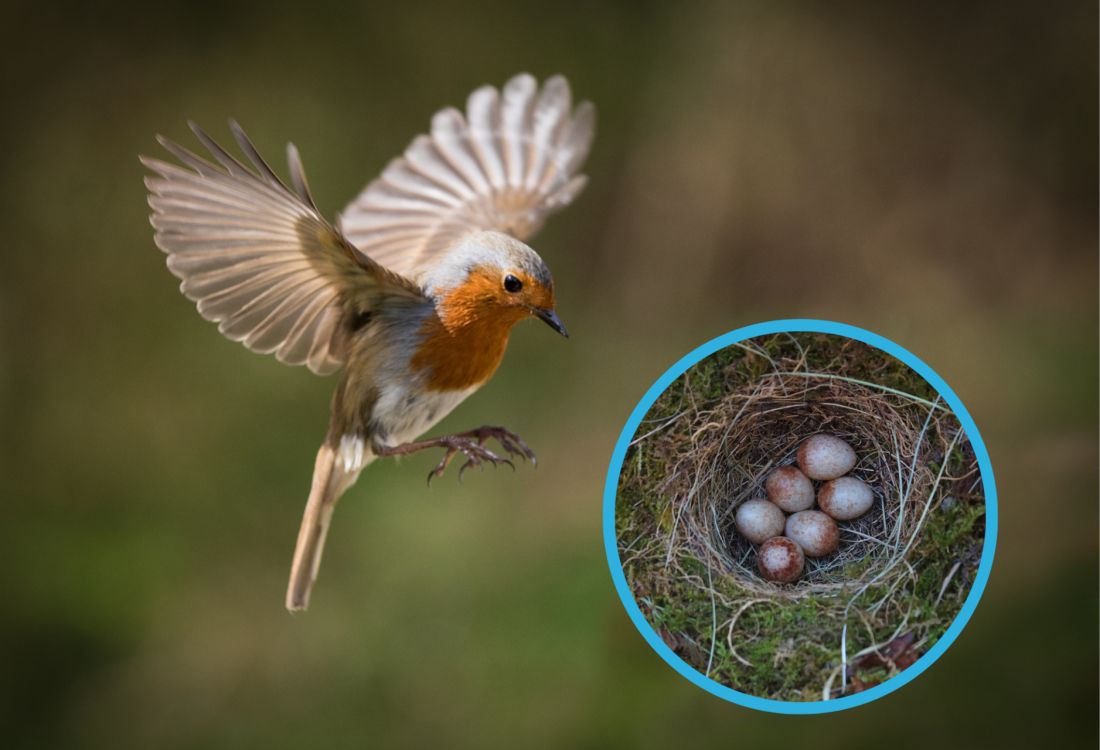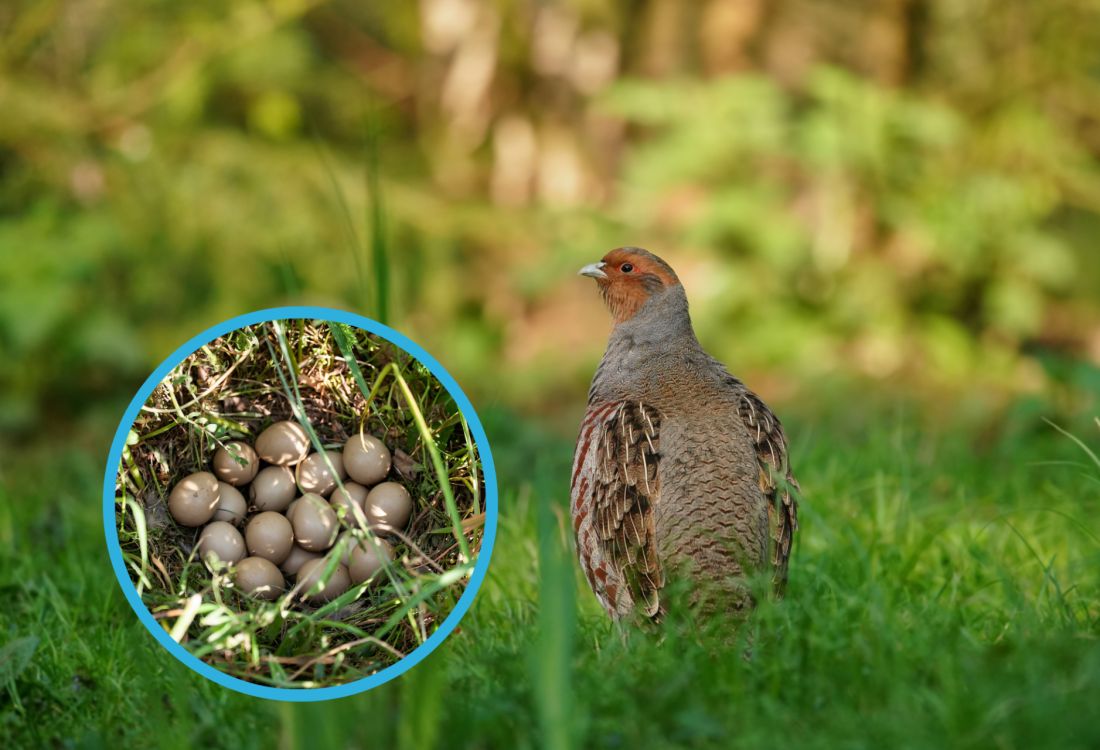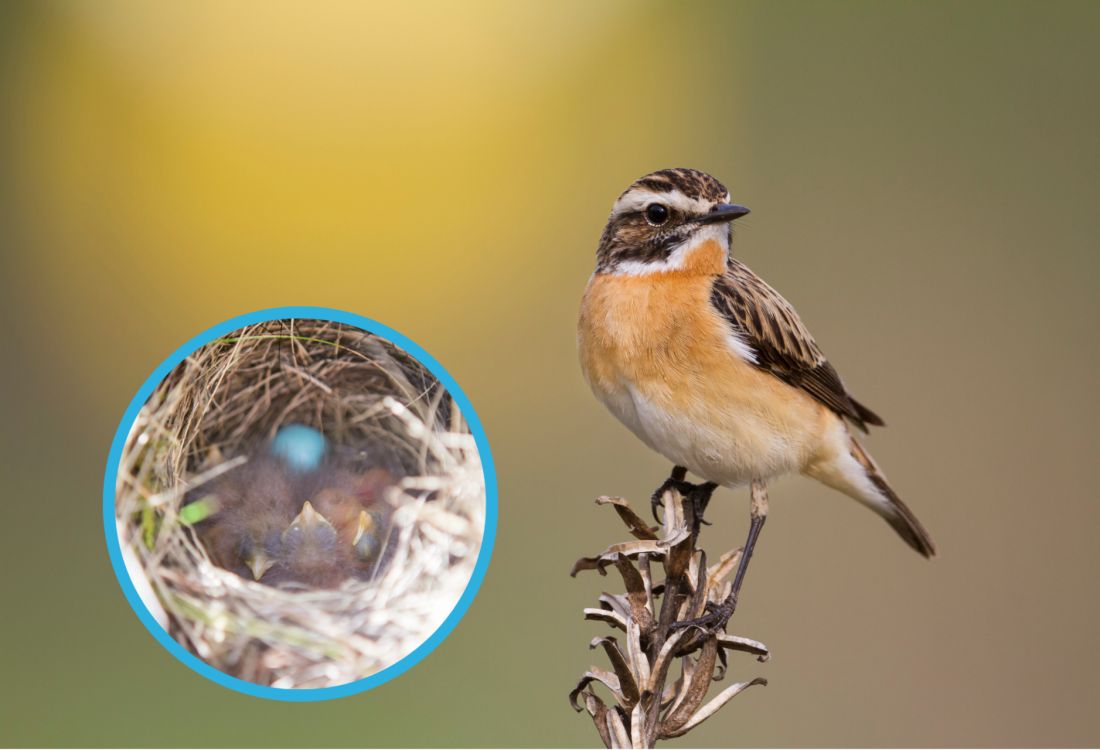_Karoline_Thalhofer.jpg?m=1749644310) © Karoline Thalhofer
© Karoline Thalhofer Keep dogs on a leash:
From March to June, rare birds breed in this area. To protect their nests, dogs must be leashed from April 1 to July 15. Help safeguard these vulnerable ground-nesting species.
_Sergii_Mostovyi.jpg?m=1749644518) © Sergii Mosovyi
© Sergii Mosovyi Stay on the path:
Please stick to the designated trails to avoid trampling rare plants or disturbing ground-nesting birds and other animals.
_Anders_Haukland.jpg?m=1749644514) © Anders Haukland
© Anders Haukland No littering:
Litter and plastic don’t belong in the forest. Garden waste is also not allowed here, as it may introduce invasive species.
_andrei310.jpg?m=1749644600) © andrei310
© andrei310 Be quiet and considerate:
In the Dwergte Sand nature reserve, we share the space with animals, plants, and other people. Please be respectful and keep noise to a minimum.
_ekim.jpg?m=1749644783) © ekim
© ekim No fire or barbecues:
Smoking, barbecuing, and open fires are strictly prohibited year-round due to fire risk. Wildfires can spread quickly and be hard to extinguish.
No random camping:
To avoid disturbing sensitive wildlife, random camping is not allowed in the Dwergte Sand nature reserve.




